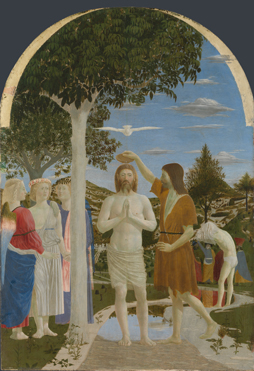Posted by our religious correspondent, Richard Rawlinson
“Show me the manner in which a nation cares for its dead and I will measure with mathematical exactness the tender mercies of its people, their respect for the laws of the land, and their loyalty to high ideals.”
Sir William Gladstone
Following the recent spate of arson attacks and looting sprees, it’s easy to conclude some of England’s more feckless vandals have been dragged up expecting rights without responsibilities, and that we’re doomed unless we rein in aspects of the liberal social experiment of recent decades.
One of the challenges of society today is the nature and speed of cultural change, in particular how people seek meaning and hope. Ritual has always played a part in helping us process life transitions, whether from bachelor to husband or wife to widow.
In today’s pluralistic, late-modern world, fewer people are using religious rites of passage to help understand meaning in life and death. Secular state-endorsed civil marriages and funerals are providing an alternative. But even when humanistic services include religious elements, do they not tend to be consumer-driven – ‘what the client wants, the client gets’?
If the Church is trying to revive her relevance, I don’t think the answer is accepting requests for ‘Fly Him To The Moon’. So what does she offer that’s different, what’s her ‘unique selling point?
Regular church-goers receive community support and consideration of bereavement beyond the funeral. But so, too, do those surrounded by friends and family in a secular community, so pastoral care alone is not a justification.
The true answer also won’t wash among non-believers: faith in God and the hope of His love for eternity. It’s a chicken and egg dilemma for the Church. No faith, no gain. No gain, no faith.
So the question is how to inspire faith, and increasingly the answer is a return to traditional liturgy and rites, not yet more guitars, tambourines and pagan-style dancing in the sanctuary. This traditional revival, driven by His Holiness Pope Benedict, is not about empty aesthetics, but about liturgy and ritual showing how beauty and truth connect with one another. Interestingly, it’s the young who get it and are cheerleaders for the cause. They’re fed up with Vatican II aging hippies making them cringe as they try desperately to be ‘in touch’.



Well, I expect you feel better having got that off your chest Richard, but I still can’t see why the client shouldn’t have what they want, if they don’t share your faith, and your faith in your church to supply what they need rather than what they want. Our job, as secular celebrants, it to help people delve rather deeper than they might otherwise settle for, and perhaps find more of what they need as well as what they want. Your distaste for someone’s choice of “Fly Me To The Moon” illustrates the divide between us, and I can’t see… Read more »
Gloria mundi, this blog does not say clients shouldn’t have what they want if they don’t want a church funeral. I respect you as a secular celebrant performing a valuable service. My comments were clearly only about the Church when I said: “If the Church is trying to revive her relevance, I don’t think the answer is accepting requests for ‘Fly Him To The Moon’” The point I was making was that one of the reasons the Church has been losing its relevance is because she’s been following the secular trends of people rather than following God’s teaching. Unlimited innovation… Read more »
Gloria mundi, in my message to you above I omitted to reply to your comment: “it’s a pity you have to sneer at the preferences of others as “empty aesthetics.”
I think you took it out of context. I said that the Church’s traditional revival is “not about empty aesthetics, but about liturgy and ritual showing how beauty and truth connect with one another”.
I was referring to the view that bells and smells and lace and vestments are sometimes deemed ’empty aesthetics’. Far from sneering, I was saying this is not the case.